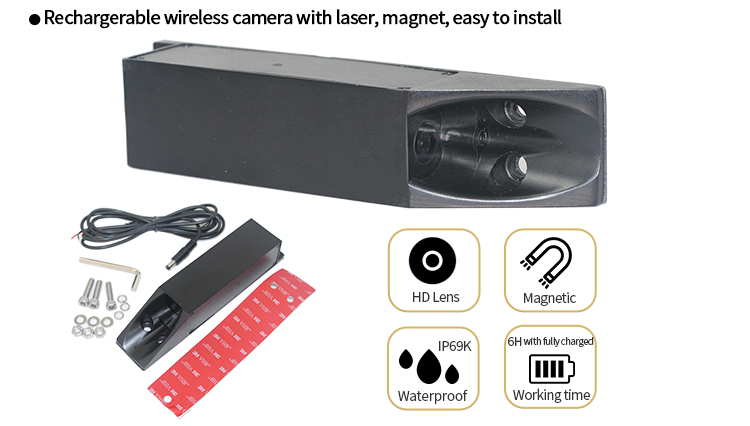
Reversing operations of large vehicles in complex environments are often challenging, and the introduction of Wide Dynamic Range (WDR) technology brings significant advantages to large vehicle reversing cameras. Firstly, the adaptive nature of WDR technology allows large vehicle cameras to easily adapt to different lighting conditions. In strong sunlight during the day or dim light at night, WDR technology ensures that drivers can see their surroundings clearly by intelligently processing the image, providing reliable visual assistance whenever and wherever they need it.
There is a particular need to reduce the impact of blind spot issues during reversing in large vehicles. Large vehicles often have blind spots due to their size, which can lead to the risk of accidents in narrow car parks or crowded city streets. wdr technology effectively reduces the blind spots by reducing image interference due to reflections, shadows, or uneven lighting, giving the driver a more complete view of their surroundings. This all-round view helps drivers of large vehicles perform reversing manoeuvres more safely and accurately, reducing the risk of potential collisions with other vehicles or obstacles.
In addition, WDR technology plays a key role in capturing details. In high-contrast scenes, WDR technology preserves the details in the image, enabling drivers to more accurately judge the path of travel and avoid potential collisions and accidents. This is crucial for large vehicles, especially those that need to be driven with caution, such as lorries or buses.
Overall, the application of WDR technology enables large vehicle reversing cameras to perform well in complex environments, providing a higher level of driver assistance, effectively enhancing driving safety and reliability, and providing a better driving experience for drivers.




